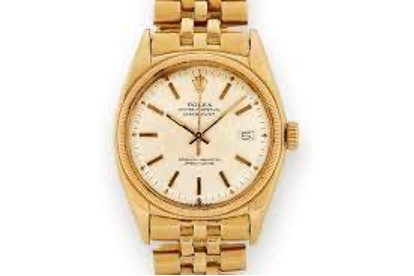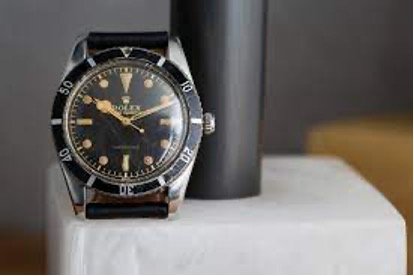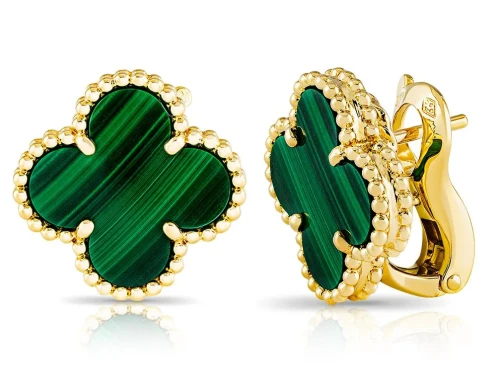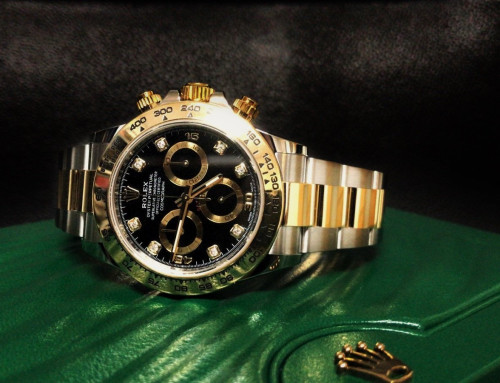 Pioneers of History
Pioneers of History
Once upon a time, at the very start of the 20th Century to be more accurate, a man named Hans Wilsdorf took it upon himself to start a watch distribution business in London. At a time where wristwatches were still in their infant stages, Hans set out to develop a wristwatch to rival the accuracy of the marine chronometers that preceded them. In 1910 this was achieved. He received a Swiss Certificate of Chronometric Precision from the Official Watch Rating Centre in Bienne. In fact, this was the first time ever that a wristwatch had achieved this level of accuracy.
This is all very well and good, but Hans needed a name for his watch company. He wanted something easily read in any language and that looked good on the dial of a watch, something nice and symmetrical. After exhaustive searching of the alphabet, he apparently heard a genie whisper the word ‘Rolex’ in his ear while riding in a horse drawn carriage, presumably on his way home from the local tavern.

Hans’ business continued to grow and develop, and he moved production to Geneve in 1919. One of his main aims was to produce a wristwatch which could be impervious to water. 1929 brought about the Rolex Oyster the worlds first water and dust proof wristwatch. To prove its ability to stop the ingress of water a Rolex Oyster was worn by swimmer Mercedes Gleitze during her 10-hour swim of the English Channel and came away from the frigid waters working perfectly.

In 1931 Rolex did away with the need to wind your watch every day with the first self-winding movement, inventing the perpetual rotor. This ingenious creation now at the heart of all automatic mechanical watches. 1945 brought about the first self-winding, date displaying wristwatch with the Datejust. 1953 saw the first 100-meter depth rated wristwatch, the iconic Submariner. And the list continued all the way to modern day where Rolex have, over this time, registered over 500 patents and continue to lead the way in pioneering quality and innovation.


Rolex then have always set themselves tasks of over achievement. To become known for world firsts and set the bar higher for everyone else. The trodden path of history Rolex have left behind can be experienced vicariously through the endless list of important watches that they have produced. You would imagine an endless well for collectors to get lost in. And you would imagine correctly.
Vintage Rolex collecting is a complex tapestry and one that you could spend days trying to unpick. It is almost to the level of artform that you must apply attention to detail. It could be the subtle hue of the luminous compound that suggests whether it is original tritium or radium, and not re-lumed with modern superluminova. Checking for rounding on the edges where it’s been polished one too many times and has started to lose its crispness. And these are just condition checks. Ironically the inverse of modern Rolex collecting, here originality is key in place of pristine aesthetics.
The details separating model references can be minute. Often the smallest detail on a dial can dramatically change the price. This could be the notation of meters coming before the feet in the depth rating, or the colour of one line of text on the dial. Military editions that were given as gifts to personnel in the Navy or Airforce are now worth 5 figure sums, simply due to the limited distribution and a handful of individual characteristics.


Each model family has its own rich history to be studied and each requires equal attention to understand what sets certain models aside. The first family we will be looking at is the Pan Am inspired GMT Master, incidentally my favourite model. But for this you will have to be patient…


